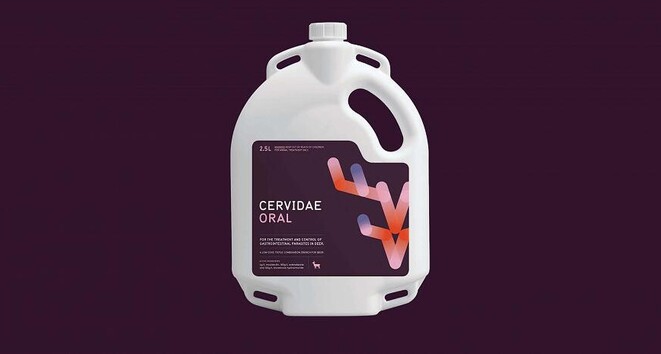Cervidae Oral, the new triple active drench for deer will be available this Spring. Vet Erin discusses the benefits as well as practical parasite management.
Exciting news! Cervidae Oral, the new triple active drench for deer will be available from the 1st September 2021.
With a 28 day withholding period, we now have a practical drench product for the venison industry. Although this long awaited drench is sure to decrease worm burdens and increase growth rates, we need to work together to ensure we reduce the risk of ostertagia resistance and therefore the effectiveness of the drench.
Historic widespread use of single active mectin drench products, especially pour-ons, has led to widespread parasite resistance for this drench family. The newest drenches on the market (Startect and Zolvix) have already been proven to be ineffective in deer. With very little alternatives to this triple acting product, we need to ensure that active worm resistance is delayed for as long as possible.
An integrated parasite program should be part of every deer farm to help protect this new drench. Consider the following strategies when working out your parasite management program;
- Quarantine drench all new stock onto the property.
- Do not put drenched weaners onto clean pasture. Place them on the new pasture for one week prior to drenching to help build a “refugia” of ‘susceptible’ parasites.
- Don't put your weaners onto the same pasture every year.
- Cross-grazing with another species (sheep or cattle) will help decrease the amount of deer parasite larvae on your pasture.
- Do not use pour on drenches.
- Always dose to the weight of the individual animal.
- Keep a grass residual of 1600kg DM/ha will allow the deer to eat the best grass without eating as many parasite larvae.
When next purchasing breeding stock keep parasite control in mind, with good breeding CARLAeBVs of +50, and the top 10% of animals having a CARLAeBV of +100.
Contact your KeyVet or ring us on 0800 VETSOUTH if you have any questions about parasite control in your Deer.
- Erin Noonan

